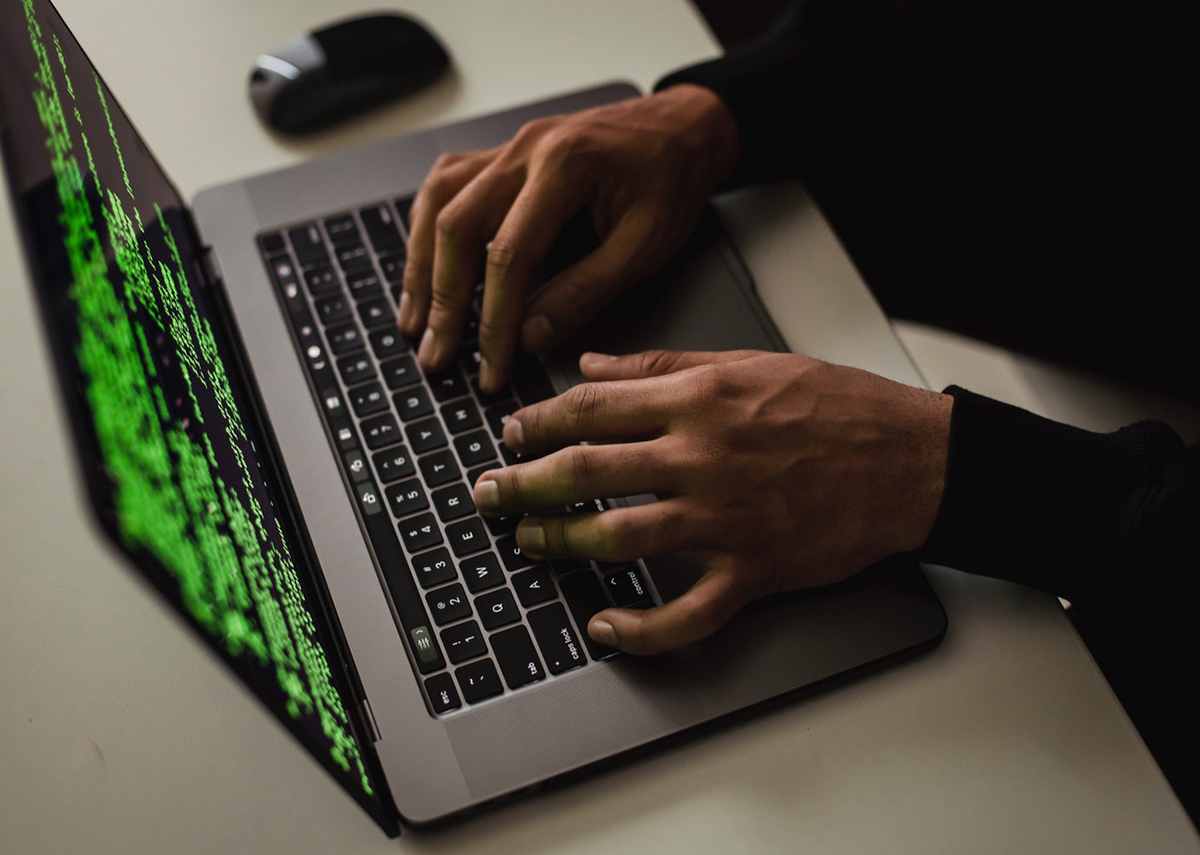Encountering Cybersecurity Risks This Year And Beyond
Share
The year 2020 has produced considerable challenging circumstances for small and midsize businesses, but those might continue in 2021 too. This is because organizations continue to have their staff working remotely, which comes with many cybersecurity dangers. Incorporating the lessons from 2020, organizations could prepare for this year’s challenges.
Increasing Security Within Small And Midsize Businesses
The increase in working from home has kind of blurred the lines between work life and social life. Staffers use their own devices to do their work tasks, share residential networks with other family members, and leverage work technologies to simplify their personal stuff. Those personal activities include video calling with loved ones and online shopping.
Under those new circumstances, malicious hackers are likely to target workers to get their company’s and personal data. Therefore, reimagining security for the worker/user and IT is a must.
It is possible for SMBs to take many measures to make their security better this year without costing more than what they can afford. Two of those measures are improving cybersecurity practices through the fundamentals, plus implementing security training and detection tools. Continue reading to learn more about cybersecurity.
Returning To The Fundamentals
People tend to overlook the basics; cyber hygiene matters much, and it is the foundation for a more extensive security plan. It all starts with maintaining software, anti-malware, and firmware updates, plus being sure to back up data. Several malicious hackers target the unattended tracking software after realizing which parties have access to it.
Shifting To A Method Devoid Of Passwords
Passwords work as the most prevalent way to verify a user’s identity as well as points of entry into an organization’s data. Anyhow, passwords have turned into a risk for organizations. Users often use passwords again, make these credentials in a weak form across accounts, or do both. To make the possible problems less severe, the SSO authentication method allows making it easier for users to access their accounts.
SSO connects them to applications and systems that their ID teams mandate, in a way that does not require memorizing passwords. For small and midsize businesses, while SSO methods facilitate securing almost every entry point, these should be coupled with password managers. That step can confirm that software that IT does not mandate or that is impossible to authenticate, becomes easily accessible and secure. This aids users in creating and managing a strong password for each of their other internet accounts.
Authenticating Users
MFA offers users an extra layer of security as well as a feeling of being safe with regards to letting the right people tap into their accounts. Many forms of MFA exist, but its foundation stays as explained below. It authenticates the person who tries to access a device or program with possible factors such as biometrics, email codes, contextual data like the Internet Protocol address, or text messages.
Regarding Security Culture As Important
While you may establish any number of tools to secure your business enterprise’s data, mentality also plays a big part. An enterprise would be vulnerable in the event of its workers not understanding their part in its cybersecurity. Awareness training matters much, and it entails recognizing malicious hyperlinks and phishing emails, plus using the tools assigned to those workers. With the training, they could deal with possible threats.
Seeking A Security Partner’s Help
A managed service provider offers the kinds of resources that are not available to several small and midsize businesses. It not only serves as an addition to the security and IT team, but also offers so many capabilities that small teams perhaps lack the skills or time to handle those. An MSP can aid in making an organizational client’s security posture better and reducing risks, plus support their cybersecurity program. It can also let their security/IT leader or team pay attention to other organizational priorities.
According to industry insiders, the cybersecurity landscape will keep shifting this year. Several malicious actors keep producing ways of infiltrating people’s and organizations’ data, so SMBs should be prepared to encounter those threats, particularly when more online activity exists. SMBs should regard security as more important to safeguard their assets this year and beyond.


